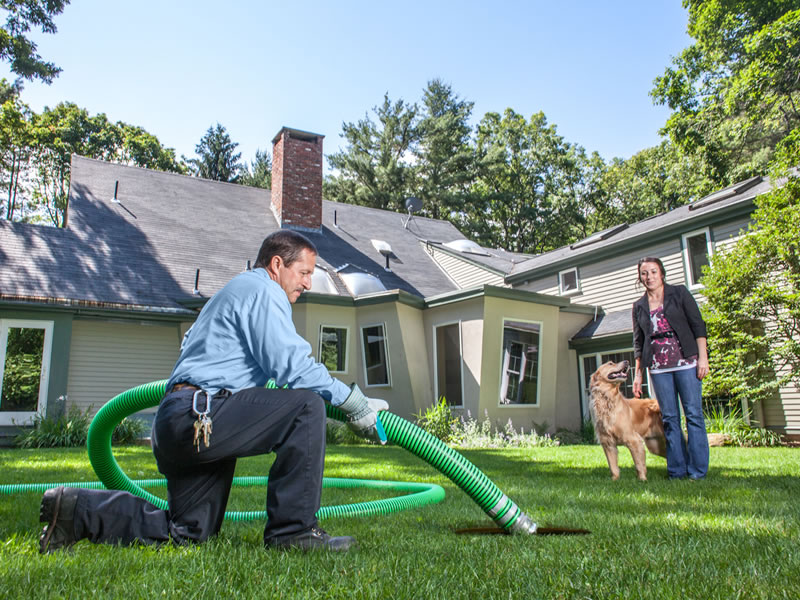
Lift stations are essential to our comfort, health, and our environment. As complicated as they can be, the idea of adding another component to septic systems can be stressful, but it doesn’t have to be! In most cases, lift stations aren’t even that essential to maintain your septic system. Regular maintenance can avoid unexpected repairs and costs, but Rooter Septic Services recommends you to read the rest of the article if you want to know more about septic systems and Lift stations, and when you should consider using them both.
How Does Septic Tank Pumping Work?
Technically, a typical septic system uses gravity. Wastewater is kept in the septic tank while the initial breakdown happens. Gravity forces the water into drain lines after the solid matter’s separation from the greywater. After running through the soil, the remaining impurities from the water are removed in order to release clean water into the groundwater.
Septic tanks need to move the greywater further down the system, and a Lift station is the mechanical component added to allow this process. Collect water is then pumped against gravity to feed into the system.
Lift stations are mainly used in commercial facilities. However, Lift stations can be required for residential in several situations! In this case, they are designed to fit within the septic system.
Septic systems don’t necessarily need a Lift station as a component, because they can function properly by gravity. Nevertheless, a Lift station can be required, if not needed, in some cases. A gravity-fed septic system can be hard to make if the house is surrounded by hilly land. Septic tank pumping may the option to consider for maintaining an operational system.
Lift stations save on the installation cost even if their cost is added to the overall cost, depending on the terrain. Rocky terrain and steep hills usually require digging, but comparing it to installing a lift system, the latter turns out to be beneficial.
How Long Do Lift Stations Last?
If properly maintained, Lift stations can last up to 25 years! If you’re vigilant with your wastewater management and you have Rooter Septic Services perform regular septic tank maintenance, all you need is a system inspection done by a septic company to keep repairs and additional replacement costs under control.
How Can You Maintain Your Lift Station?
In order to maintain your Lift station, you must do the following things:
Are you looking for a septic company to provide you with septic services such as septic tank pumping or septic tank cleaning? Call Rooter Septic Services today! We are available to answer your questions about Lift stations, and will gladly help you maintain the one you have. Contact us!